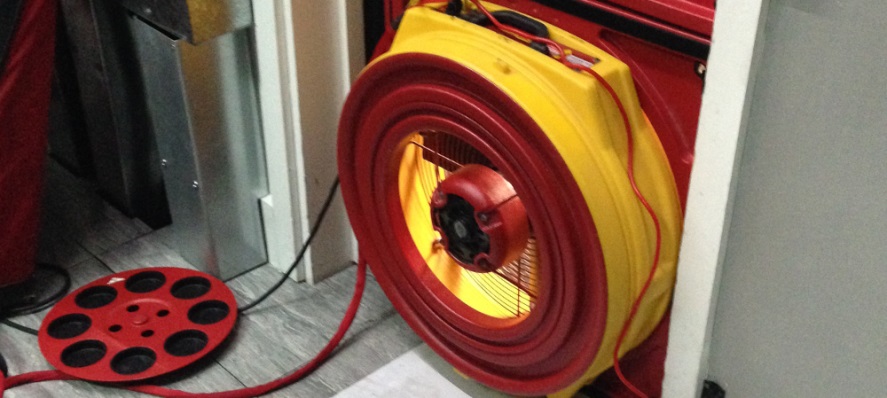How to Pass Your Sound Test
How to Pass Your Sound Test – Some Simple Steps to Compliance.
How do we pass our sound testing? This is one of the most popular questions we get asked by clients. The answer can be quite complicated so we will try and break it down into simple steps.
Firstly, get advice on acoustic design before starting construction. The most effective way to ensure you pass your sound test at the first attempt is to plan your project with sound insulation in mind. This does not need to be costly, and can save considerable time and cost at the end of the project, by reducing the chance of needing to undertake remedial works and re-testing.

The two main areas to take into consideration will be the divining wall and flor partitions. If you are unsure of how to build the separating wall and floor partitions and associated junctions across your project we can offer an acoustic design service. The degree of guidance you require can vary from site to site; however we can cater for every eventuality by offering sample sound testing of your existing constructions – if it’s a conversion project, to establish the sound insulation performance of your existing wall and floors. Thereafter a more targeted design review can be undertaken.
The first stage of the acoustic design is to send through the design drawings – to include sections etc. We then review the design to check that the construction details proposed are capable of passing the sound tests. This usually takes place straight after planning has been approved as increased cost savings can be realised at the earliest stage, we will evaluate the construction methods and materials specified to ensure that they are capable of meeting the acoustic requirements of Approved document E. The typical areas we check are:
There are no flanking points, where isolated partitions are wrongly mechanically fixed together to caused noise bridging.
The walls and floors design are acoustically robust, to comply with Building Regulations Part E.
The acoustic treatments for Soil Pipes, Stair Cases Steel Beams etc. to ensure they are acoustically fit for purpose, as these are some of the areas that get usually missed.
Acoustic floor treatments are compatible with the proposed floor finishes i.e. Carpets, Laminates, Floor Tiles and under floor heating systems.
We also provide on-going acoustic design support service, so you will have direct contact with the allocated acoustician from the start of the process through to the successful completion of the project. One of the most important services is the going site survey visits which allow our clients to feel confident about the outcome of testing at the end of the build. The site visits let us check that the installation teams are installing the acoustic materials as per manufacturers avoiding crucial onsite mistakes. It’s worth remembering that although you may have a robust compliant design, it may still fail due to poor workmanship.
Also prior to your sound test, you will need to ensure that all items are fully prepared in-line with the following checklist:
All doors, windows, and cladding must be installed.
Windows are fully fitted with locks in place.
Window trickle vents are in place or temporarily blocked up for testing.
Individual room and front doors are in place and closable.
All wall surfaces in rooms to be tested are complete (including sockets and switches) f. Structural floor and ceiling surface are complete.
Carpets or timber laminates have NOT been laid in rooms where floors are to be tested (except for specifically manufactured permanently bonded carpet that forms part of the structural floor.
Smoke alarm detectors must be deactivate
We will require a clean & quiet working environment for our testing works.
Both properties to be tested should be clear of materials and operatives for the test.
To prevent trailing temporary cables preventing the closing of both doors 240v mains electrical sockets must be on in each of the properties/rooms under test
Please download our full sound test checklist to help you prepare for your sound test.
When your project is underway, we recommend that you regularly check the construction against the plans for deviations from the design. Seemingly minor alterations and poor construction quality can have a significant impact on the effectiveness of your sound insulation measures.
If you have a new project and you need help with your acoustic design and/or sound testing then please email us at: info@aptsoundtesting.co.uk or call us on 01525 303905. If you want more information on our full range of services please visit our website at: www.aptsoundtesting.co.uk